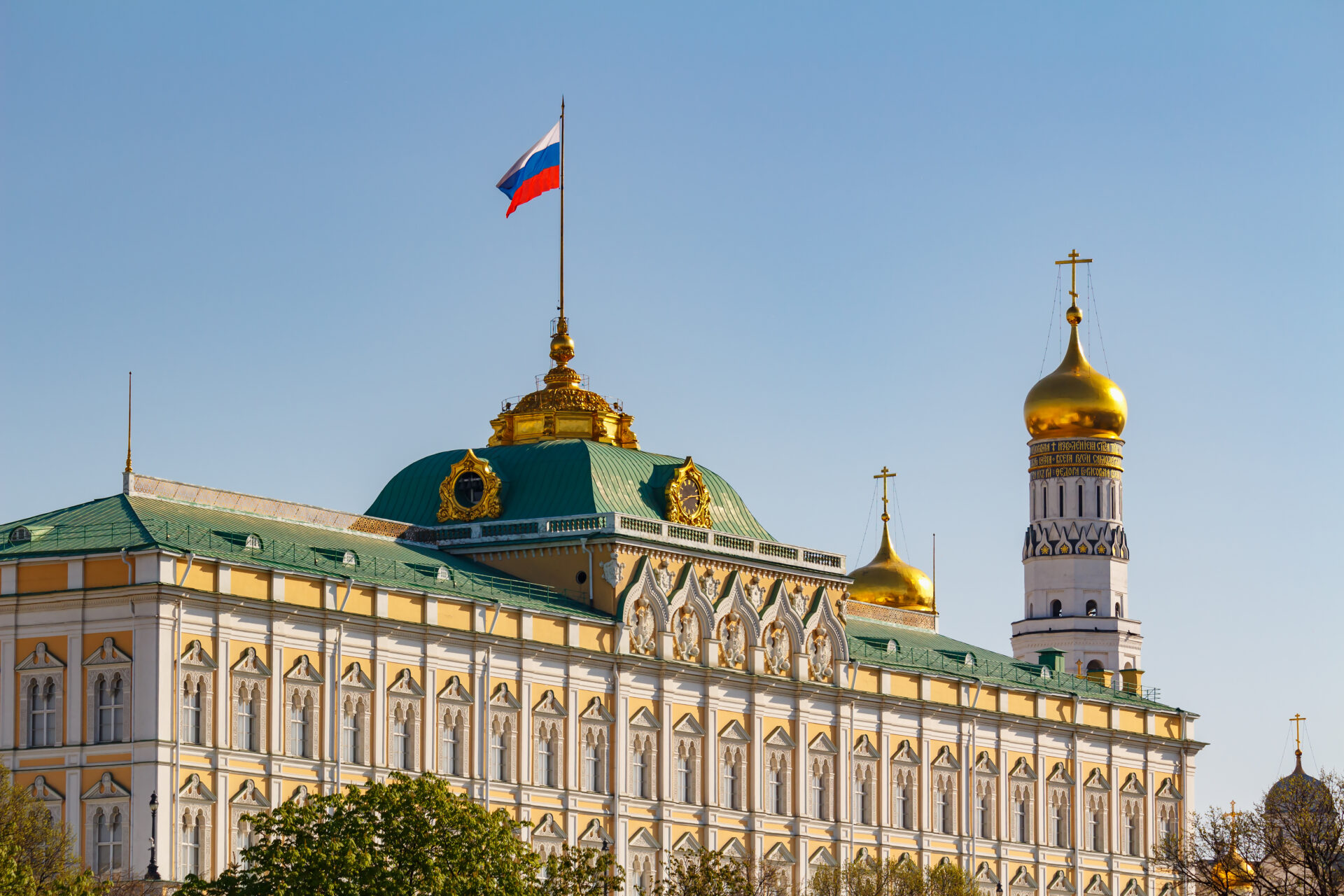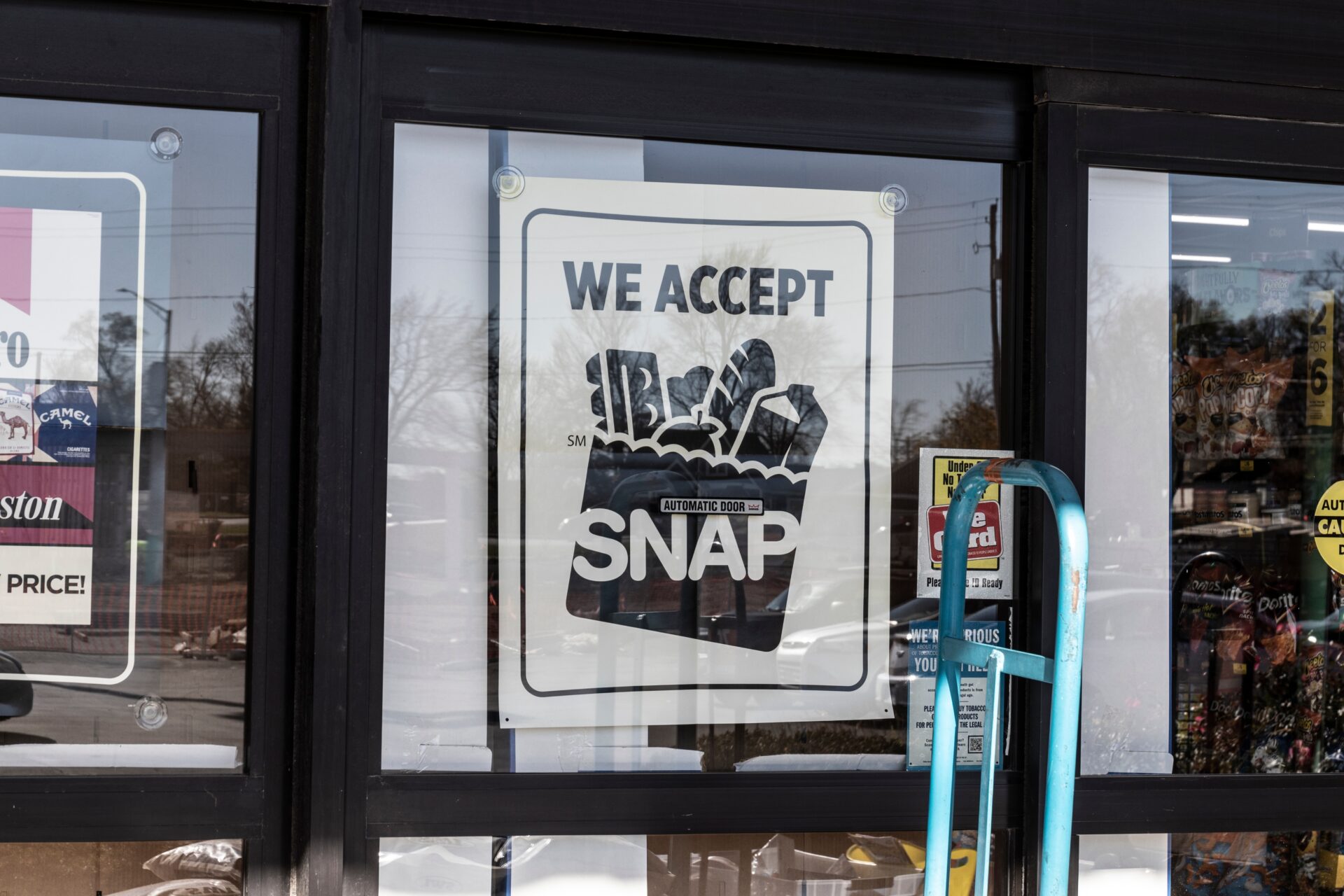
America’s FIRST Code Talkers Unveiled!
A recently unveiled bronze sculpture in Oklahoma commemorates the heroic Choctaw code talkers who pioneered using Native languages in military communications, saving countless Allied lives in World War I.
At a Glance
- The Choctaw Nation dedicated a sculpture honoring their WWI code talkers at the Cultural Center in Durant, Oklahoma
- 19 Choctaw men used their native language to create unbreakable military codes, despite previously being punished for speaking it
- The code talkers served at a time when many Native Americans were not recognized as U.S. citizens
- Their pioneering work inspired the use of other Native American languages for military communications in later conflicts
- The 6-foot-8-inch bronze sculpture depicts three soldiers actively using the Choctaw language in combat operations
America’s First Code Talkers
The Choctaw Nation of Oklahoma has honored a remarkable chapter in American military history with a new bronze sculpture commemorating the original Native American code talkers of World War I. These 19 Choctaw men made military history by becoming the first American Indian tribe to develop a code using their native language for battlefield communications. Their innovative approach to secure communications came at a critical moment in the war, when German forces had successfully compromised existing Allied codes and were intercepting crucial tactical information.
“This monument honors our brave Choctaw warriors whose extraordinary service helped bring an end to a devastating war,” said Choctaw Nation Chief Gary Batton.
What makes their service particularly poignant is that many of these men had previously attended government-run schools designed to erase their cultural identity, where they were frequently punished for speaking the very language that would later prove so valuable to the American military effort.
Furthermore, at the time of their service, approximately one-fourth of American Indians were not even recognized as U.S. citizens – a status many tribes wouldn’t receive until 1924.
A Living Memorial
The new sculpture, titled “Chahta Anumpa i Tvshka Hoke” (Warriors of the Choctaw Language), stands as a permanent tribute at the Choctaw Cultural Center. Created by Choctaw artist Jane Semple Umsted, the 6-foot-8-inch tall, 8-foot-wide bronze depicts three soldiers in action – two using a field telephone and notepad to communicate in Choctaw, while a third stands guard. The detailed artwork includes authentic period elements such as a map, transmitter, and historically accurate uniforms, along with a small turtle symbolizing Choctaw culture.
“I wanted … not just a sculpture of soldiers. I wanted [it] to be a depiction of the soldiers in action,” said Jane Semple Umsted.
The project began in 2022 following discussions with Chief Batton, with Semple Umsted’s design ultimately selected through a competitive process. This marks her sixth major sculpture commissioned by the tribe. The monument is now on permanent display at the Choctaw Cultural Center in Durant, Oklahoma, which is open to visitors Tuesday through Saturday.
Military Innovation and Sacrifice
The code talkers’ contributions proved decisive in military operations, particularly during the Meuse-Argonne Offensive of 1918, one of the largest and bloodiest operations of the American Expeditionary Forces. By transmitting orders in Choctaw, which was completely unknown to German intelligence analysts, they effectively created an unbreakable code that prevented enemy interception of critical battlefield communications. Military historians believe their work saved potentially hundreds of thousands of Allied lives.
“He was a man that was full of character, and he believed in doing the right thing. He would do whatever it was for his country, even though his country didn’t recognize who [the Choctaws] were,” said Lee Watkins, speaking about one of the code talkers.
Among the original code talkers was Joseph Oklahombi, who earned particular distinction for his wartime service and received several military honors. The Choctaw Code Talker Association has verified 20 Choctaw Code Talkers from World War I and four from World War II. Their success was so complete that the German regime later attempted to undermine the program in preparation for World War II, recognizing the military advantage it had provided to American forces.
A Legacy of Service
The Choctaw code talkers established a precedent that would be followed throughout later American conflicts. During World War II, the Korean War, and Vietnam, code talkers using various tribal languages continued to play crucial roles in secure military communications. The Navajo code talkers of World War II are perhaps the most widely recognized, but it was the Choctaw soldiers who pioneered this innovative approach to battlefield security.
Despite their significant contributions, many code talkers were instructed not to discuss their work, even after returning home. As a result, their crucial role in American military history remained largely unrecognized for decades. The dedication of this new monument represents part of an ongoing effort to properly acknowledge their service and sacrifice. Today, the Choctaw Nation stands as the third-largest Indian Nation in the United States, with over 225,000 members and a cultural heritage dating back more than 13,000 years.



Stephen Russell
Dont forget the Navajos in the Pacific
See Windtalkers movie